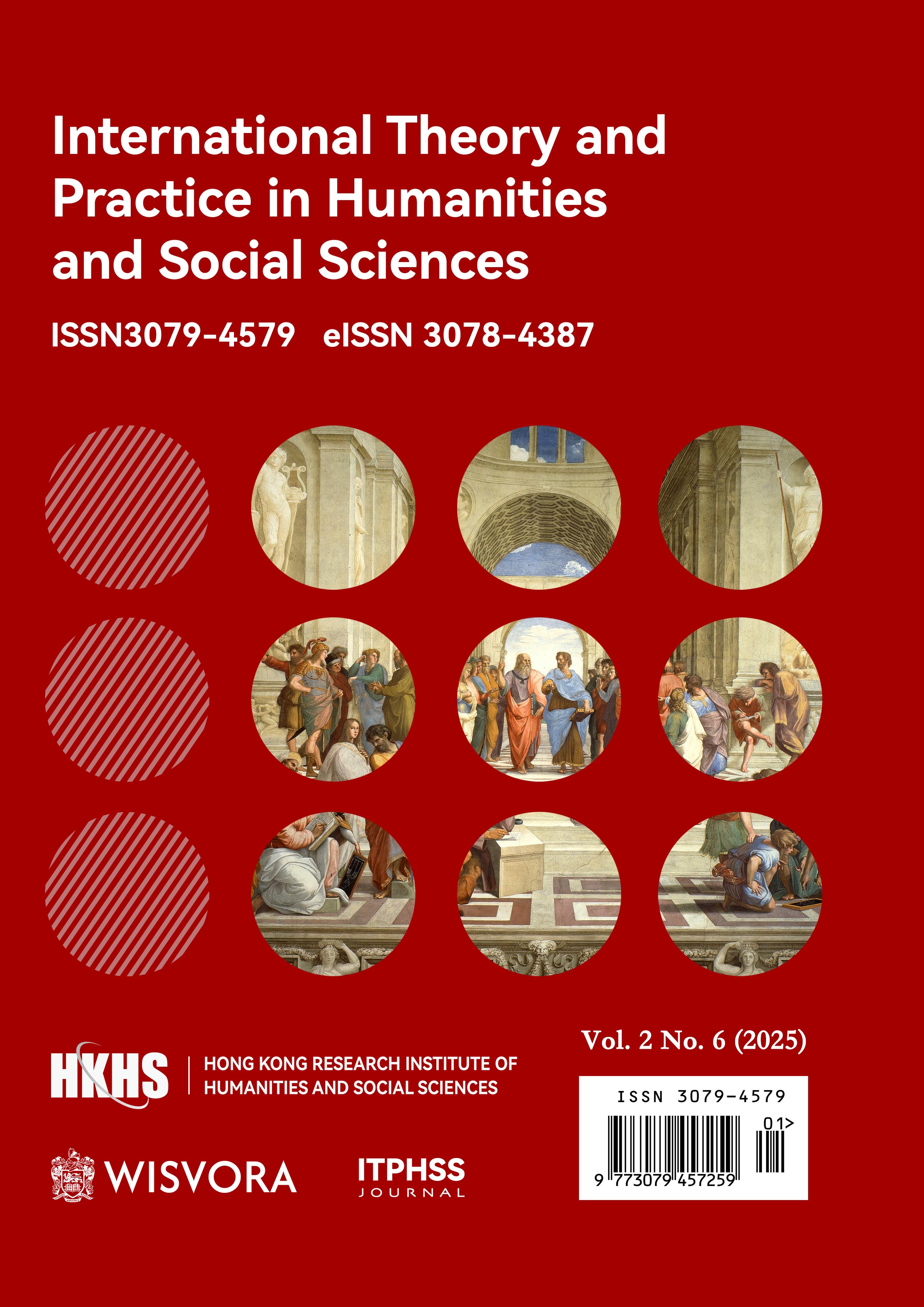Abstract
In May-June 2020, the pop-up video website Bilibili (referred to as Bilibili) released three series of brand videos "Wave Trilogy", announcing to the public the mainstreaming process of Bilibili's brand culture. Bilibili, which was founded on secondary yuan and ACG culture, has gradually broken through the circle with the promotional film "Wave Trilogy", showing the public a diversified and popular brand image, and breaking the stereotypical impression of the Bilibili brand as a secondary yuan subculture community. Bilibili's promotional video is a practice of its development strategy to break the circle of inherent users, realise the cultural circle of the media platform, and break the circle of content, which not only reflects Bilibili's willingness to merge with the mainstream culture, but also hides the brand's ambition to compete for a larger share of the market. Based on Lasswell's 5W communication model as the basic research framework, and integrating the perspective of youth subculture theory, the study explores the strategic practice of "The Wave Trilogy" of Bilibili's branding film, which helps Bilibili's media platform "break through the circle".
References
Tao, Horizontal. Academic Genealogy and Theoretical Construction of Cultural Studies [M]. Social Science Literature Press:201905.565.
He Lei. The Birmingham School - Streams and Methods of Cultural Studies [M]. Peking University Press:201702.
https://www.Bilibili.com/opus/504118264496483118
Gu Zheng. The historical trajectory of audience research in the United States [M]. Communication University of China Press:202009.283.
Hu Jiangfeng,Lu Doudou. Resistance-Style-Incorporation-An Interpretation of the Keywords of Subcultural Theory of the British Birmingham School[J]. Nanjing Social Science,2006,(04):87-92.
LI Hong,WEI Jingyao. "Fixing circle" and "breaking circle":Bilibili's circle communication strategy in the social media era[J]. Journal of Editing,2021,(05):52-57.
Andy Bennett. After Subculture:A Critical Study of Contemporary Youth Culture[M]. China Youth Press:201203
GORDON M M. The concept of the subculture and its application[M]. London: Routledge. 1997.
Tong Tong. Marginal Man and Symbolic Game:A Framing Analysis of the Image of Huang Liushang in 7 American Popular Newspapers in the 1930s[J]. Journalism Spring and Autumn,2021,(02):89-95.
Victoria W. Miroshnik .Organizational Culture and Commitment[M].Palgrave Macmillan, London:DOI:10.1057/9781137361639.
Zhou Xiaohong. Cultural feedback and intergenerational transmission of artifact civilisation[J]. Chinese Social Science,2011,(06):109-120+223.
Zhang Xue,Yang Xiangrong. The Imagined Community and Its Identity Illusion - The Postwave and Bilibili New Year's Eve Party as Intergenerational Issues[J]. Journal of Guangzhou University (Social Science Edition),2022,21(01):91-102.
https://lmtw.com/mzw/content/detail/id/211947
HAN Yunrong,YU Yinzhu. Bilibili's "broken circle" road under the vision of network subculture--A study based on the theory of interactive ritual chain[J]. Social Science,2021,(04):181-192.DOI:10.13644/j.cnki.cn31-1112.2021.04.018.
Peng Lan. Circularisation of networks:Class clustering and cluster division under relational, cultural, and technological dimensions[J]. Editor's Friend,2019,(11):5-12.DOI:10.13786/j.cnki.cn14-1066/g2.2019.11.001.

This work is licensed under a Creative Commons Attribution 4.0 International License.
Copyright (c) 2025 LeiYa Tian (Author)

